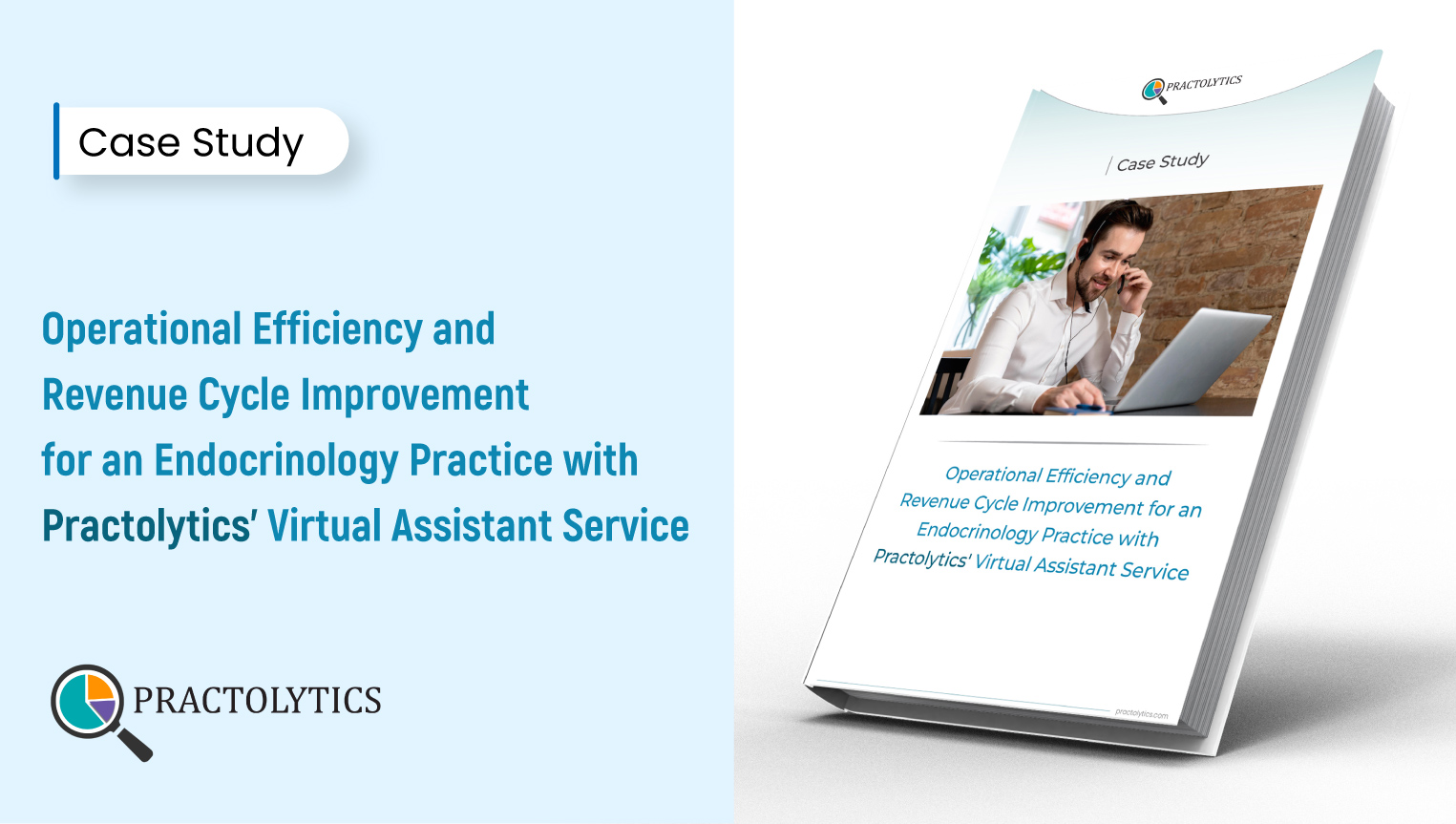Virtual EMR Services
Technical developments and the increasing demand for easily accessible, efficient, and patient-centered treatment have caused a significant shift in the field of health care. The rapidly developing sector of Virtual Electronic Medical Record (EMR) services is at the forefront of this change. Virtual EMRs, which go beyond ordinary on-premise systems, use remote access and cloud computing for providing a flexible, scalable, and data-rich environment for patient information management. This step involves more than only a technical advancement; it signifies a fundamental shift in the way healthcare providers communicate, perform company, and ultimately offer medication.
Virtual EMR services are still in the infancy stages of development. Their future is being determined with several major changes and trends:
In order to enhance clinical decision support, automate administrative duties, customize patient care, and evaluate possible health risks, AI and ML are being incorporated into virtual EMRs more and more. AI-powered solutions, for instance, may examine patient data to spot trends, alert users to possible drug interactions, and even facilitate diagnosis.
Standard types of data and Interfaces are expected to be the primary objective for future electronic medical records to try to attain improved interoperability, which allows for smooth data interchange across different healthcare providers and support an improved comprehension of patient health.
To be able to give real-time patient health insights and promote proactive and personalized treatment, future virtual EMRs will gradually integrate data from wearable devices as well as different IoMT, or sensors.
As mobile devices become more common, virtual EMRs will probably take a more mobile-first approach, giving medical practitioners safe and easy access to patient data on their tablets and smartphones.
Resources
Enhancing Efficiency & Revenue with Virtual Assistant Service
Learn how Practolytics Virtual Assistant Service transformed an endocrinology practice by reducing admin burdens, minimizing errors, and enhancing revenue & care.
Where It All Began: The Burden Behind the White Coats
Texas family medicine practice improved efficiency and revenue by overcoming admin burden, billing issues, and delayed reimbursements with smart solutions.
The Financial and Administrative Impact of Prior Authorization
Prior Authorization is a process through which healthcare providers attain approval for specific treatments, procedures, or medications before their coverage.
FAQ's on Virtual Medical Assistance
What is EMR Services?
Patient medical information is handled and kept through electronic methods as part of electronic medical record (EMR) services. Thinking of it to be a digital a component of paper charts, only without significantly more functionality.
What is the difference between EMR & EHR?
An electronic health record (EMR) is an electronic representation of an individual’s paper chart which is primarily utilized at a single health care facility. On the other hand, an EHR is a more comprehensive digital record of a patient’s health history. It was designed to be safely shared among many different kinds of healthcare conditions, such hospitals and clinics, specialists, and pharmacies.
How much does ehr cost for small practices?
A cloud-based EHR system’s first set up, includes program, training, and data migration, could run a small practice with a maximum of five healthcare providers around $20,000 and $65,000. On-site systems can be more expensive up front, with software and gear alone costing anywhere from $15,000 to $70,000, including regular upkeep costs.
What is the best EHR system for small practices?
The most suitable electronic health record system for a small practice in 2025 will rely on the particular requirements and goals of the business. However, several consistently rank strongly on the basis of usability, user satisfaction, and features suitable for tiny settings.
Do you need an EHR for private practice?
For a private practice in 2025, an electronic health record (EHR) system is highly recommended, but not strictly mandatory. While paper records are technically usable, an EHR has significant advantages that boost efficiency and improve patient care.











